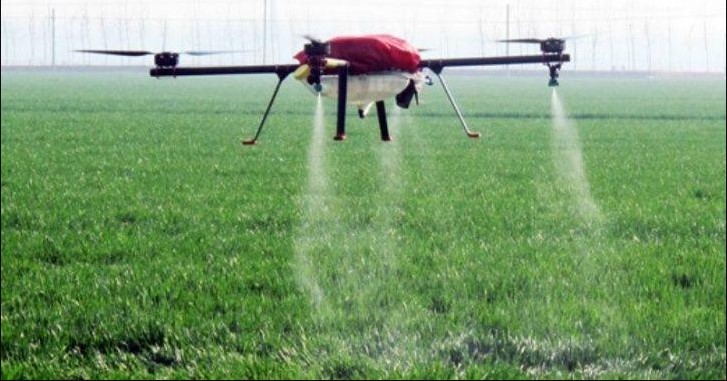AIISH Notification 2020 – Openings For Various O
June 8, 2025

Sewer-cleaning robots are an innovative solution designed to automate and improve the process of cleaning and maintaining sewer systems. These robots are equipped with advanced technologies and features that allow them to navigate through underground pipelines and effectively remove debris, sediments, and blockages.
1. Robust Design: Sewer-cleaning robots are built to withstand harsh and corrosive environments found in sewer systems. They are typically constructed using durable materials that can resist water, chemicals, and physical damage.
2. Remote Operation: Most sewer-cleaning robots can be remotely controlled by an operator, eliminating the need for human entry into the sewer. This feature ensures the safety of workers and reduces the risks associated with working in hazardous environments.
3. Autonomous Navigation: Advanced robots are equipped with autonomous navigation capabilities, allowing them to move through the sewer pipelines without constant human intervention. They utilize sensors, cameras, and mapping technologies to navigate around obstacles and map the sewer system for efficient cleaning.
4. Debris Removal: Sewer-cleaning robots are designed to effectively remove debris, sediments, and blockages from the sewer pipes. They may be equipped with brushes, water jets, or suction mechanisms to dislodge and extract solid waste and buildup.
5. High-Pressure Water Jetting: Many sewer-cleaning robots utilize high-pressure water jetting systems to dislodge stubborn blockages and clean the pipe walls. Water is propelled at high pressure, breaking apart debris and flushing it out of the pipe.
6. Inspection and Monitoring: Some sewer-cleaning robots incorporate inspection and monitoring capabilities. They may have cameras and sensors that capture images and collect data about the condition of the pipes, identifying potential issues such as cracks, leaks, or structural damage.
7. Real-Time Data Transmission: To enhance efficiency and decision-making, sewer-cleaning robots can transmit real-time data and video footage to operators or maintenance teams. This enables quick analysis and prompt action to address any identified problems.
8. Integration with GIS and Asset Management Systems: Sewer-cleaning robots can be integrated with Geographic Information Systems (GIS) and asset management systems. This integration helps in tracking the cleaning progress, managing maintenance schedules, and optimizing overall sewer system performance.
These innovations in sewer-cleaning robots aim to improve the efficiency, safety, and effectiveness of sewer maintenance operations. By reducing the reliance on manual labor and enabling more precise cleaning techniques, these robots contribute to the overall maintenance and longevity of sewer infrastructure.

June 8, 2025

June 8, 2025

June 8, 2025

June 8, 2025

June 8, 2025

June 8, 2025

June 8, 2025

June 8, 2025

June 8, 2025

June 8, 2025